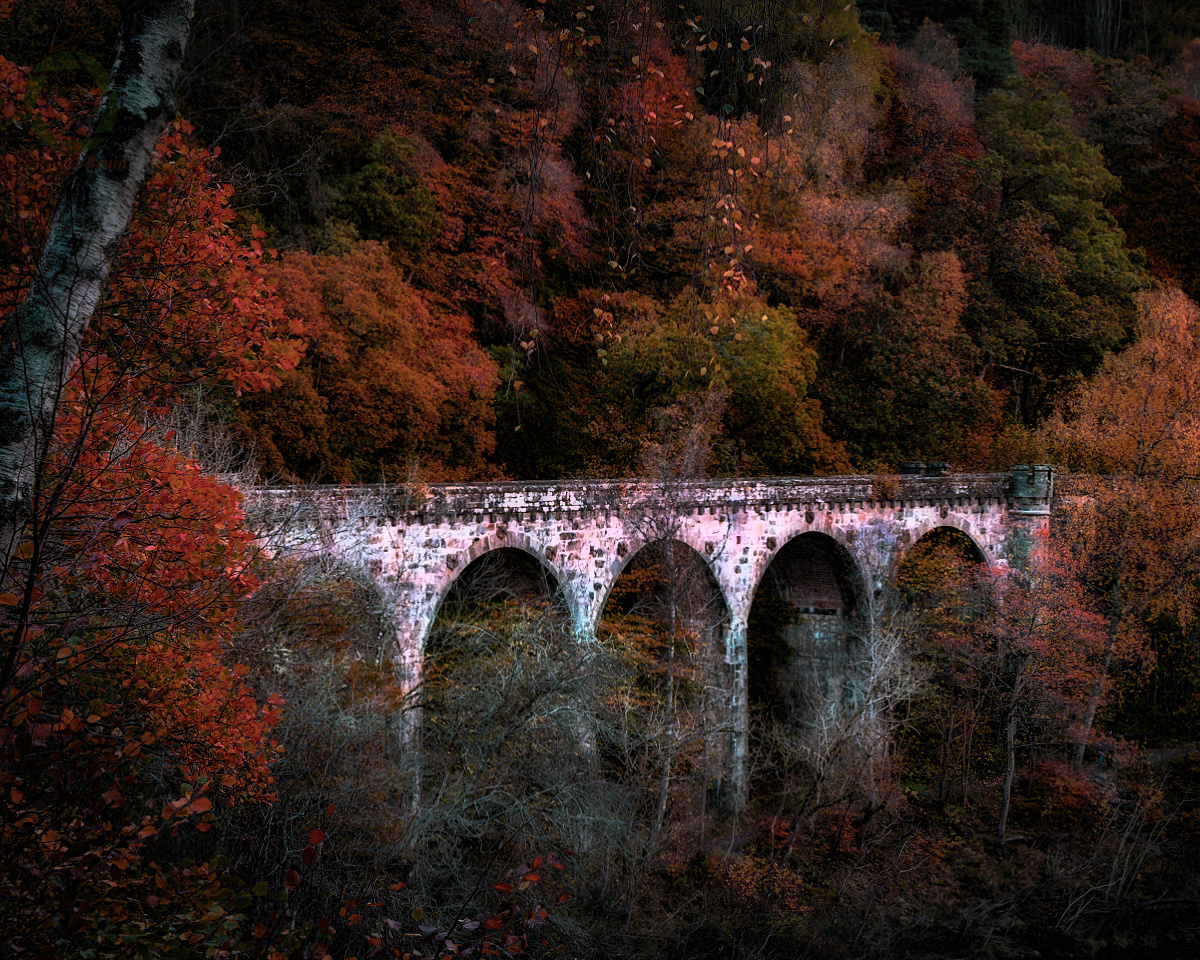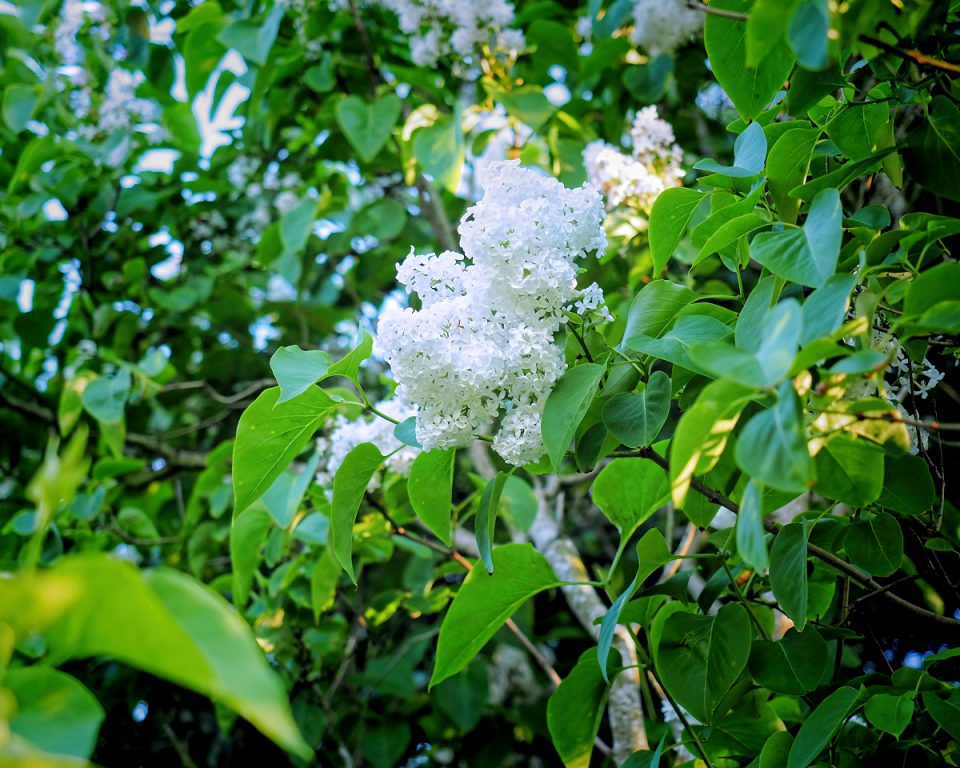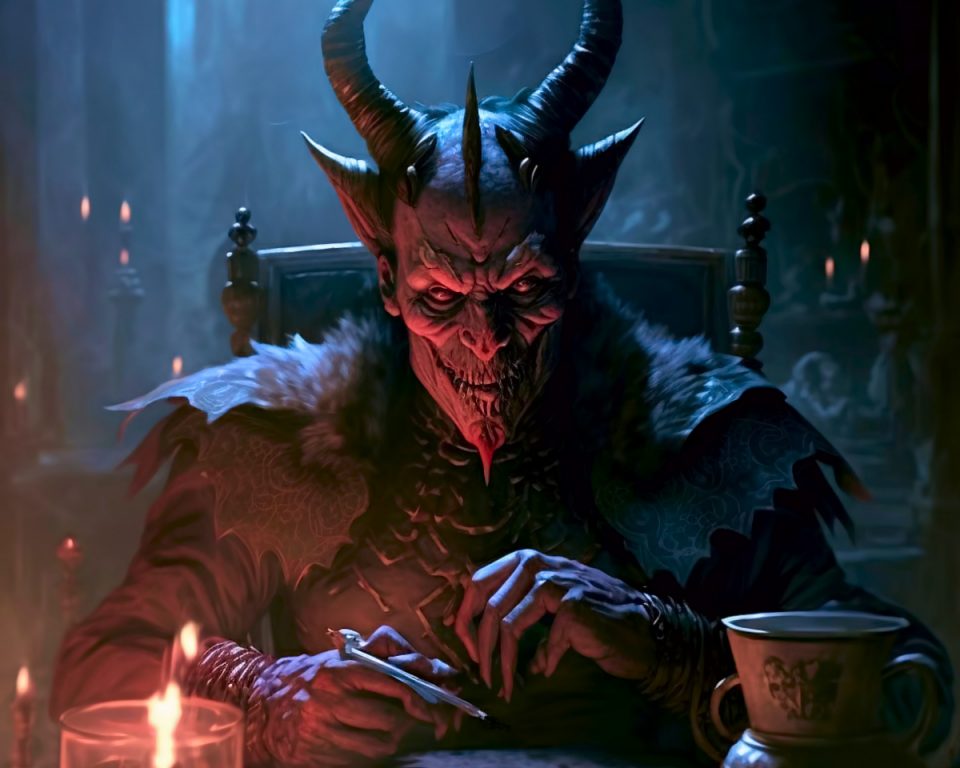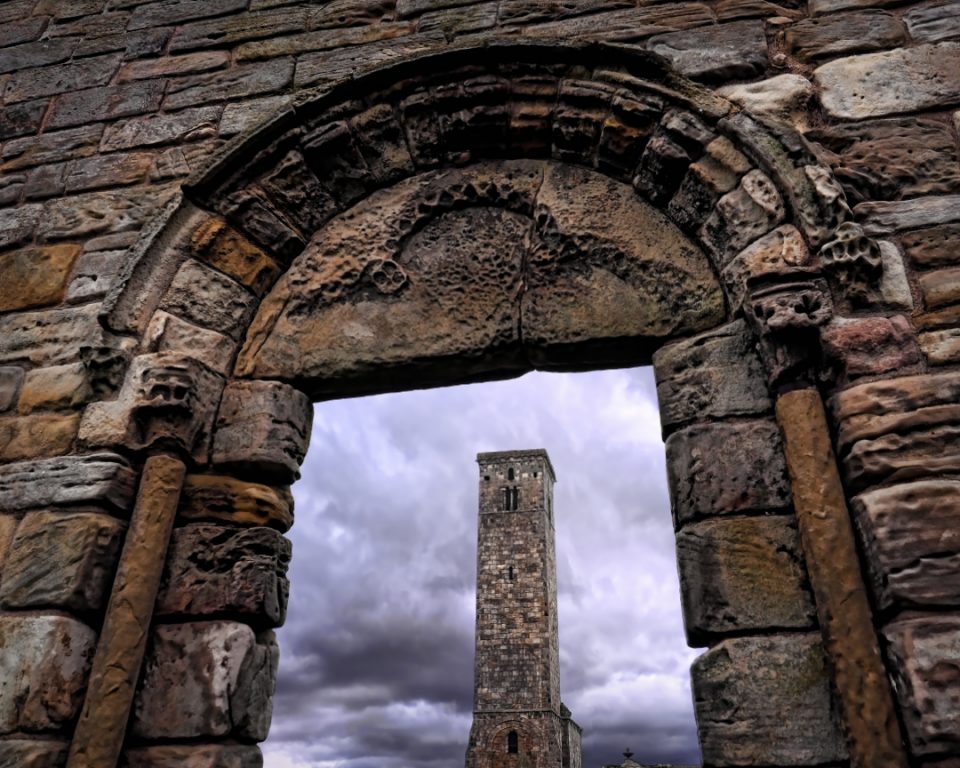The site of the Battle of Killiecrankie is said to be the most haunted of Scotland’s battlefields. The anniversary of the Battle of Culloden is said to be marked by the visitation of the ghostly soldiers who died there. Culloden is the site of the last Jacobite Battle and the last battle fought on British soil. The Battle of Killiecrankie, on the other hand, was the first battle in the Jacobite Rising, a protracted conflict which would last for almost sixty years.
James VII deposed as King
Seventeenth-century Scotland was a time of great political and religious turmoil. It was a century when the Stuart kings of Scotland fell heir to the English crown and promptly moved their court to London. It was the height of the Protestant Reformation where Catholic fought against Protestant. Within the Protestant camp, the Episcopalians fought against the Presbyterian Covenanters. Religious intolerance spilt over into politics. Civil war spread across Britain as Oliver Cromwell took the reins with an iron first. Scotland baulked at the high-handed manner in which he imposed his religious beliefs upon them. These were the burning times, with people condemned to death as witches.
Charles II produced no legitimate heir to take the crown, so James VII of Scotland and II of England acceded to the throne in 1685. Alas, he had converted to Catholicism some years earlier. His daughters Mary and Anne had been raised as good Protestants, but in 1673, he married Mary of Modena, a devout Catholic. Then in 1688, she bore James a son, who was also called James. Rumours abounded: a changeling had been brought into the birth chamber in a warming pan to perpetuate her husband’s Catholic Stuart Dynasty.
There was no alternative: James would have to go!
The Glorious Revolution
The birth of James junior gave a group of English parliamentarians from the Whig party the excuse they were looking for. They invited William of Orange, husband to James’ eldest daughter Mary, to take the throne. William jumped at the opportunity and promptly set sail from Holland with his army, landing in Brixham. James, his wife and son fled to Ireland. This event was to go down in the annuls of history as the Glorious Revolution.
Scotland: A Country Divided
In Scotland, loyalties were bitterly divided between William and James. In Edinburgh, a convention of Scottish nobles and Parliament voted to accept Westminster’s choice of William of Orange as their monarch. John Graham of Claverhouse, Viscount Dundee, stormed out of the Parliament building in Edinburgh and began to raise an army. As far as he was concerned, James VII was his sworn monarch and he was not about to accept a Dutch overlord over his country.
Bonnie Dundee
Incidentally, ‘Bonnie Dundee’ as his men called him, was an Episcopalian Protestant. He was an experienced soldier with a history of fighting for the Crown. He had been at the forefront of suppressing the Covenanters for Charles II, with the result that the Covenanters had an abiding hatred of him and nicknamed him ‘Bluidy Clavers’.
Dundee had been declared a traitor even before William and Mary accepted the throne of Scotland on 11 April 1689. He raised the standard for James at Dundee Law then headed for the Highlands and gathered support from the Clans. At least 240 of them belonged to clan Cameron, having rallied around their Chief, Ewen Cameron of Lochiel. Meanwhile, Dundee was having to evade General MacKay’s pursuing army.
Hugh MacKay of Scourie
The Commander-in-Chief of William’s forces in Scotland was Major General Hugh Mackay of Scourie. He was another vetran soldier who had extensive experience fighting for the Crown in Continental Europe and had served as General of the Scots Brigade in Holland. He was a Calvinist, and he had a Dutch wife. Mackay was, in fact, a Highlander. Alas many Highlanders had thrown themselves behind the Jacobite cause. His decision to back William of Orange cannot have been an easy one. He tried hard to recruit his fellow Highlanders to William’s side, but very few allowed themselves to be persuaded.
A Race for Blair Atholl: Precursor for the Battle of Killiecrankie
The Battle of Killiecrankie was the culmination of a cat and mouse chase around the Highlands. In July 1689, both armies were heading for Blair Atholl to claim the local castle. The Jacobites arrived first. Hugh Mackay knew he must re-capture the castle at all costs, but an ever-growing contingent of Highlanders was moving down from the hills to block his path. Dundee had amassed 1,800 men but many clansmen were yet to arrive.
MacKay hurried north, taking with him about 3,500 foot soldiers and two troops of cavalry. He entered the Pass of Killiecrankie in hot pursuit of the Highland Army.
The Pass of Killiecrankie
A few miles to the north-west of Pitlochry lies a beautiful glen, known as the Pass of Killiecrankie. Here, the River Garry has carved a steep-sided gorge. The waters of the Garry foam and roar between the narrow straits before broadening into a dark green ribbon fringed with woods of beech, birch, oak and hazel.
In spring, the forest floor is transformed into a carpet of wood anemones and primroses, and red squirrels and warblers flit through the canopy overhead. However, it is the autumn when the Pass takes of a truly spectacular appearance. The woodlands that flank the gorge take on vibrant shades of gold, bronze and crimson. As the frosts begin, wisps of freezing mist hang over the trees creating an eerie pall and you might almost expect some ghostly figure of long ago to appear around the corner!
It is hard to imagine that this idyllic spot was once the scene of the Battle of Killiecrankie where some two thousand men lost their lives.
The Eve of the Battle of Killiecrankie
On the night of the 26th July, a storm was raging outside Dundee’s Tent. He was wakened by a loud clap of thunder. He sat up in his tent, and as the lightning flashed, he saw a spectre with a gruesome wound in his head. The ghost raised a pointing hand and cried out “Remember Brown of Priesthill.” Dundee knew exactly who Brown of Priesthill was: a Covenanter, a traitor to the Crown, stubborn but courageous, whose execution Dundee had ordered a few years before.
Shaken he finally called for his guard. They had been outside all along, but none had seen the entity which entered his tent. Was this a premonition of impending doom? There would be no more sleep that night. But Dundee was a soldier to the core. Tomorrow he would face the King’s army.
The Battle of Killiecrankie
Despite being seriously outnumbered, the Highlanders had two great advantages: they were familiar with the area and were used to fighting in steep and rocky terrain. In fact, the steep slope of the pass suited the Highlanders fighting style and their infamous Highland charge.
The opposing armies closed together on 27th July at the Pass of Killiecrankie. The Jacobites were occupying a hilltop vantage point, looking down at the Government troops in the glen below. Once in position, the two opposing forces spent several hours hurling insults at one another while Dundee waited for the sun to go down so that it no longer shone on the Jacobites’ faces. At last, the Battle of Killiecrankie could begin in earnest.
Highland Charge at the Battle of Killiecrankie
At around 8 p.m. Dundee gave the signal to advance and two thousand ‘wild Highlanders’ poured down the hillside in a terrifying and deafening onslaught. They moved down the hill in three groups in the classic Highland charge. The terrain was perfect, and a series of natural terraces protected them from much of the government shooting. This meant that they kept disappearing. On the left flank, the government troops were unable to fire more than three volleys before the Jacobites smashed into them. This meant that they had no time to fix bayonets and were ill-equipped to deal with the hand to hand fighting which ensued.
On the right flank of the Jacobites, the MacDonalds took heavy fire as their charge was slowed down by field walls and buildings. However, the 40 strong Jacobite cavalry under Dundee came to their aid. It was during this action that Dundee was fatally wounded.
Mackay’s troops put up a brief resistance before they turned and fled. They streamed from the battlefield with the Jacobites in hot pursuit. However, their path of retreat was cut off by the steep-sided gorge, and the battle soon turned into a massacre. As nightfall descended two thousand Government soldiers had been slain or captured. The Jacobites had won the day but the cost was high. A third of the Jacobite soldiers met their fate that day along with their leader. Without Dundee at their head, the first Jacobite rebellion stuttered and fell.
The Soldiers Leap at Killiecrankie
Knowing that the day was lost, a Government soldier by the name of Donald McBane took a drastic course of action to evade the pursuing Jacobites. He leapt 18 feet across the River Garry, from one side to the other, in his bid to escape. Here is an extract from McBane’s memoirs, which were published in 1728:
“At last they cast away their musquets, drew their broadswords, and advanced furiously upon us, and were in the middle of us before we could fire three shots a-piece; broke us, and obliged us to retreat. Some fled to the water, and some other way; (we were for most part new men.) I fled to the baggage, and took a horse, in order to ride the water – there follows me a Highlandman with sword and targe [shield], in order to take the horse, and kill myself. You’d laugh to see how he and I scampered about. I kept always the horse between him and me; at length he drew his pistol, and I fled; he fired after me. I went above the pass, where I met with another water, very deep. It was 18 foot over, betwixt two rocks. I resolved to jump it; so I laid down my gun and hat and jumped, and lost one of my shoes in the jump. Many of our men were lost in that water, and at the pass. The enemy pursuing hard, I made the best of my way to Dunkel [Dunkeld] where I stayed until what of our men was left came up; then every one went to his respective regiment.”
Ghostly Blood marks the Anniversary of the Battle of Killiecrankie
It is said that on the evening of every July 27th, the grass of the Killiecrankie Pass turns blood red. It seems that this is not merely a trick of the sun, for it leaves a sticky crimson stain on the hands of those who touch the grass.
But this is not the only supernatural occurrence to happen on the anniversary of the Battle.
Spectral Appearances at the Battlefield of Killiecrankie
Some people have reported seeing soldiers marching as if to battle. Some have reported hearing the sound of muskets, others the sound of soldiers marching on gravel- in a tarmacked road. There have been accounts where tourists claim to have seen a replay of the action while others report seeing the bodies of dead English officers around their feet.
The Ghostly Girl of Killiecrankie
The most common apparition to be reported at Killiecrankie is also the most gruesome. Those who have seen her say that she is a raven-haired young woman who is seen stepping over the carnage with a wicker basket over her arm. Perhaps it is the expression that those witnessing her remember most of all. Her eyes are filled with greed as she looks upon the dead and dying. Those who have encountered her claim that she smirks at them. She sees them. She comes towards them and they flee overwhelmed by the feeling of malevolence she emits.
Some claim to have seen her stab dying redcoats through the heart, multiple times and then twist her dagger. They speak of her severing the fingers for rings.
If the myths are true, beware – the looter will give chase if she catches sight of you, and if she lays a finger on you, you will be dead within a year!
Please feel free to share the spooky by using the links below or leave us a message in the comments box.




